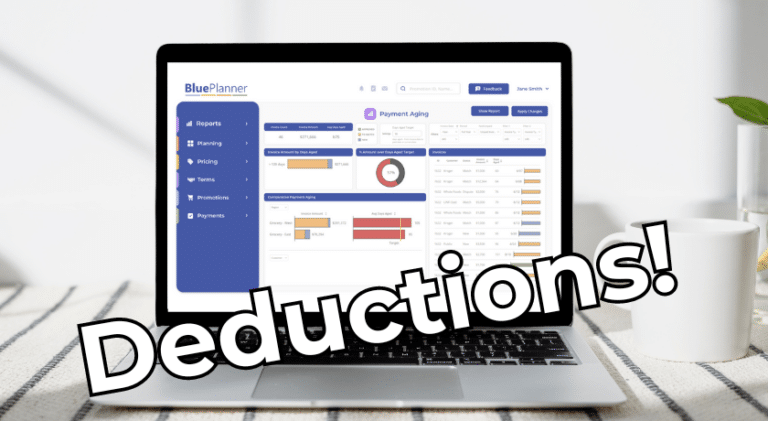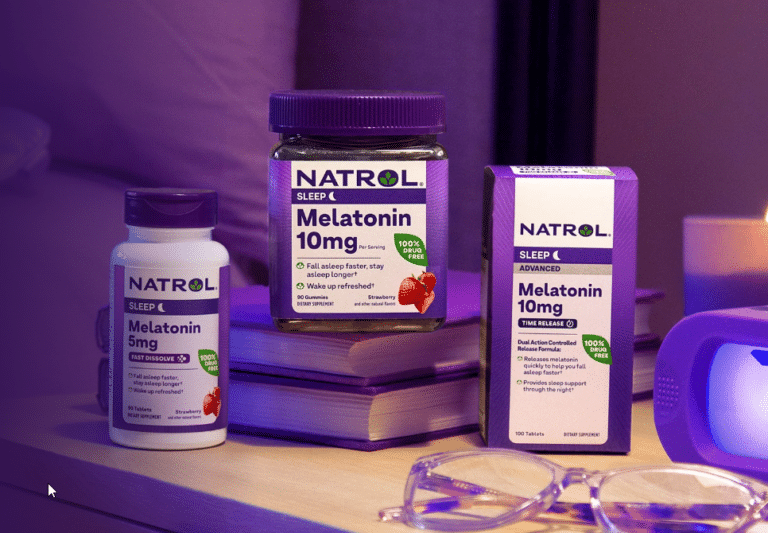
Kodiak Switches to BluePlanner Trade Promotion Management (TPM)
Kodiak Cakes, maker of whole grain and protein-packed breakfast foods and snacks, has s...

In Consumer Goods (CG), a short payment is a customer paying you less than the invoice price because, they contend, you owe them money. Deductions are the transactions on the customer’s remittance that make up the difference between invoiced amounts and what they pay…and they are one of the most complex processes that Consumer Goods companies have to manage. Customers deduct for everything from prompt pay discounts to damages, shortages, fines, fees, and promotions. This method of settlement can be a massive portion of your customer-related expenses (e.g. trade, logistics, damages) and it is a widely-held perspective that there is an unacceptable level of error in deductions.
At an emerging brand, there is usually one person tasked with managing deductions. First, they have to decipher the deductions and acquire the “backup” documentation. “Backup” documents are the invoices and/or fine, fee, or charge detail that substantiates the deduction. They are usually delivered in the form of .PDF files, of which there are many, many formats. Then, spreadsheets, shared drives, and emails are used to validate the deductions and categorize them with a reason code. Assuming all is well, the deductions are closed. But if errors are discovered, the arduous dispute process begins.
At first this is manageable, but as customers are added, distribution grows, transactions increase, it quickly becomes unsustainable. And, while one mission -to close the receivable- may be accomplished, another one -the opportunity to really understand actual spending- usually slips away. This is because the “Reason Code,” an attribute that is tied to a GL account in accounting systems, only tells you a small part of the story. What’s usually missing is what you need to really understand your actual spending- the customers, products, pricing, and promotion details.
Trade Promotions Management (TPM) is a purpose-built business system for CG manufacturers used by sales, accounting, finance, and demand planning. TPM improves deduction management in three big ways:
1) Information centralization. All of the information needed to validate that the activity was planned and approved is housed in the platform. This includes detail on customers, products, tactics, allowances and/fixed costs, sales, spending and documents (contracts, deduction backup, ad copies, display images, etc.).
2) Collaboration. Too many times, your deduction specialist will need information from other stakeholders to reconcile deductions. TPM messaging enables direct communication between stakeholders and embeds it into to the promotion record.
3) Structured data. TPM is used to match deductions to promotions. This creates actual customer and product costs that you can use to build a history of spend and performance to analyze over time.
Plus, you still get deductions categorized by reason codes. Summaries of reconciled deductions can be exported for use in QuickBooks or Enterprise Resource Planning (ERP) Accounts Receivable modules.
UpClear makes software used by Consumer Goods brands to improve the management of sales & trade spending. Its BluePlanner platform is an integrated solution supporting Trade Promotion Management, Trade Promotion Optimization, Integrated Business Planning, and Revenue Growth Management.

Kodiak Cakes, maker of whole grain and protein-packed breakfast foods and snacks, has s...

BluePlanner was taken to the market 15 years ago. Over this time, the majority o...

Vytalogy Wellness, a modern wellness company formed by merging the brands Natrol and Ja...
